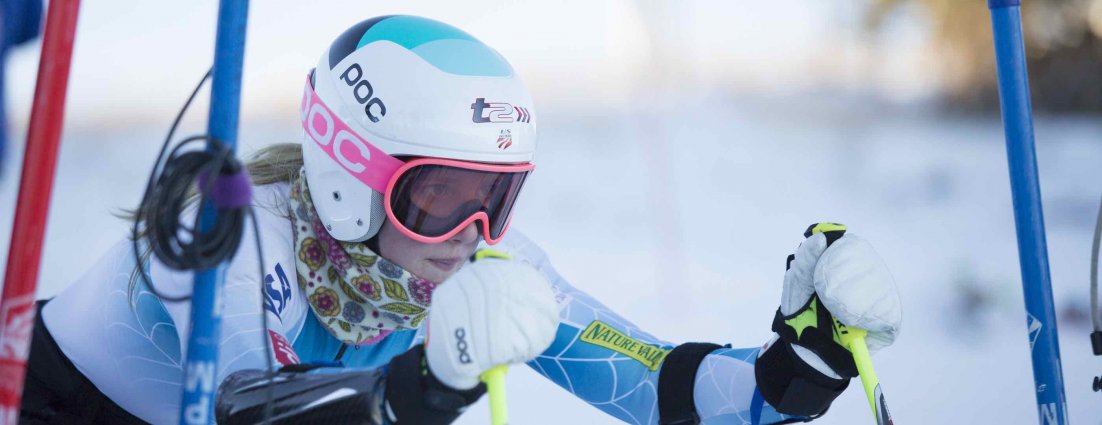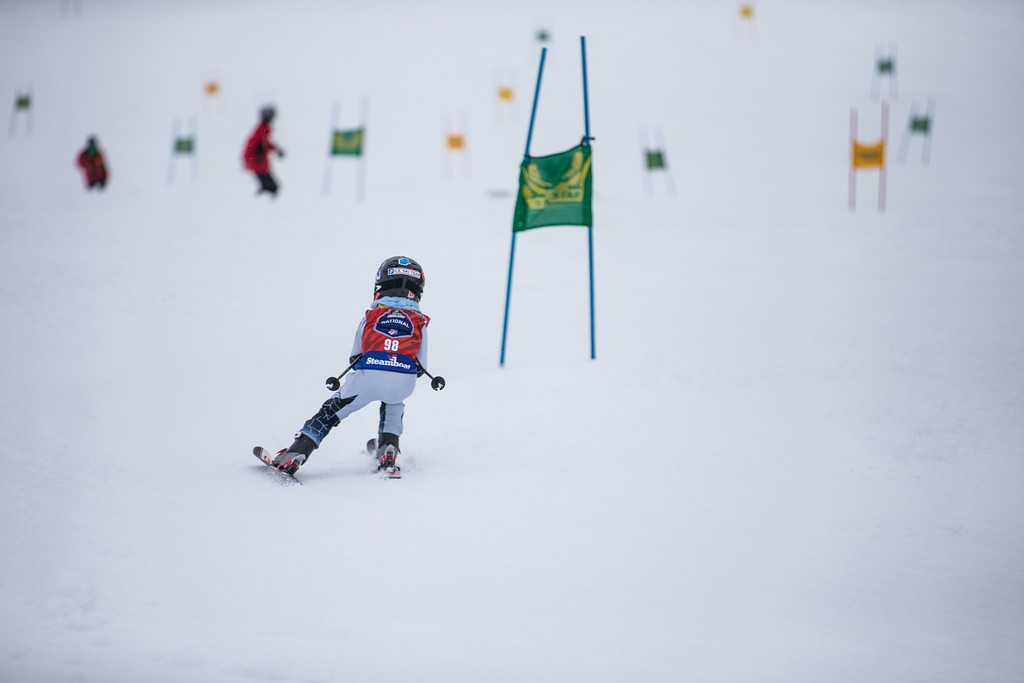The Best Ski Racing Advice You Never Got (Until Now)
12.21.2016 | Ski Racing Staff

When it comes to advice, of course, timing is everything. When the student is ready, the teacher is there. The best advice can come from experienced coaches, but also from less flashy sources, like moms in whom kids confide the seemingly unimportant stuff that actually really matters. Things start to “click” for an athlete when all these various large and small lessons from multiple sources (along with technical development, physical maturity, mental readiness, the right equipment, good coaching, etc., etc., etc.) build on each other, allowing performance to be more predictable and less random.
Keep a journal. The nature of journals is that they don’t have much value until you look back on them. So it’s likely that somebody has to boss you into the habit of keeping journals. They’re good for so many things, from venting and sorting feelings and seeing the humor in situations that are not remotely funny in the moment, to tracking where you’ve been and of course for assessing what worked and what didn’t. Some coaches advise kids to start keeping a journal about each of their race hills. Where are the subtle sidehills? How do you set up over the terrain? Where can you let it run? Is there a place you can warm up at the top? As kids get older and race out of division, state and region, they run across new hills that they’ll likely meet again and again throughout their skiing careers.
Food matters. Food is a huge part of the learning curve: getting enough of it, getting the right stuff, planning ahead to have it when and where you need it. Some kids need help connecting the dots between a good breakfast and a good performance. One mom shared how it took most of the season for her kid to figure out how to navigate lunch in his ski group. Instead of having a big break between runs, he was now starting in the weeds. Making the flip for the second run was the goal, but it also meant a tighter window for lunch. Scarfing down a cheeseburger or pizza wasn’t going to cut it, so he learned to pack lots of smaller snacks and energy bars. On a related note, using the offseason to teach kids the basics of cooking a nutritious meal from staples available in a typical mini mart will keep them from living on ramen and Easy Mac.

Stake your claim and believe. As the aphorism goes, whether you think you can or you think you can’t, you’re right. There was a relentlessly positive and proudly goofy cheerleader, totally unacquainted with the eye of the tiger. Nonetheless, at the beginning of one season, she announced in a goal-setting meeting that she wanted to focus more and to push herself. Much of the room laughed, but the coaches did not. At the end of the season, she had wildly exceeded all expectations, including her own; qualified for the end of year championships; and led the team in both cheer and performance. So often kids are just starting to believe in themselves near the end of the season, which is when they get a whiff of success but run out of time. Flipping the process — taking that leap of faith to believe first — opens you up to bigger disappointment but also to the possibility of bigger success.
Some of the best investments are free. Rest and maintenance are money in the bank. If you hit it hard in the offseason, you can support max efforts in the winter and rest up between. Modest, consistent efforts will make a huge difference at the end of the season. One of the easiest ways to train in good mechanics on snow is through awareness and discipline in everyday movements off snow. When you see someone with wild arm movements in any sport, you can pretty well envision what she’ll look like on snow. And when you see a kid with a history of rotation rounding the corner of a building with his inside shoulder leading, you can bet a coach somewhere is smiling.

Ask for your skis. This term comes from a parent’s long-ago advice to his overly deferential son. It’s about learning to be proactive without being a total jerk. Whether it’s standing up for yourself so you’re not always last in line for training, getting the front seat in the van on occasion, seeking clarification from a coach or asking for the best of what is available to you, looking out for No. 1 in a firm but respectful way is key to success.
Be persistent and patient. Concentrate on getting the most of the skiing and training you have rather than giving in to the frenzy of chasing gates per day or days on snow. Don’t freak out in January, because by March whatever happened in January won’t matter. On the other hand, make use of every single day on snow, because when you get to the end of March, odds are you’ll be wishing you had another month or week or race or something left on the calendar.
For more ski racing-specific features like this, visit the Premium section of SkiRacing.com: www.skiracing.com/premium